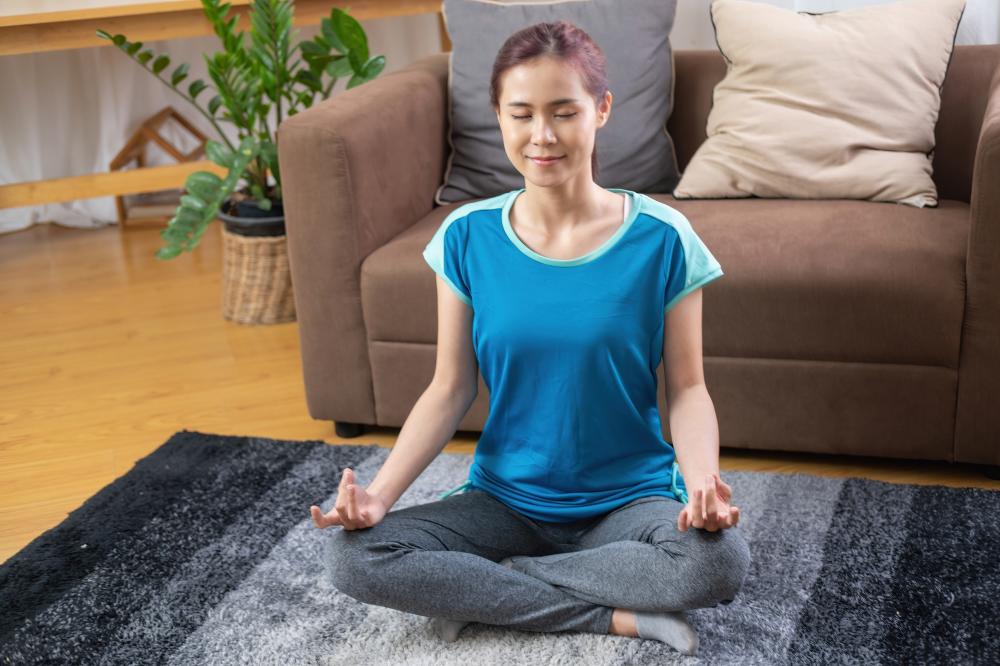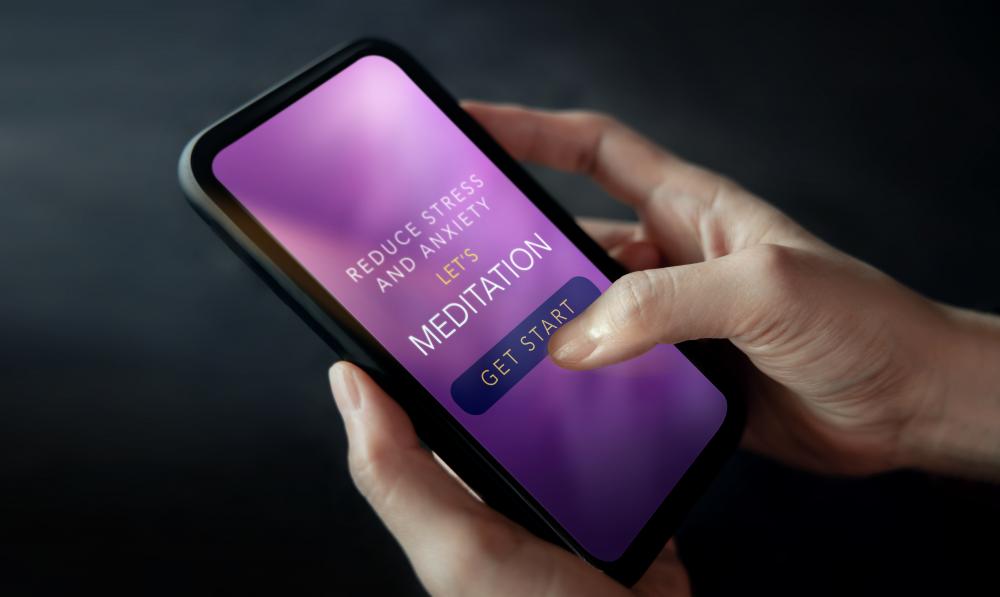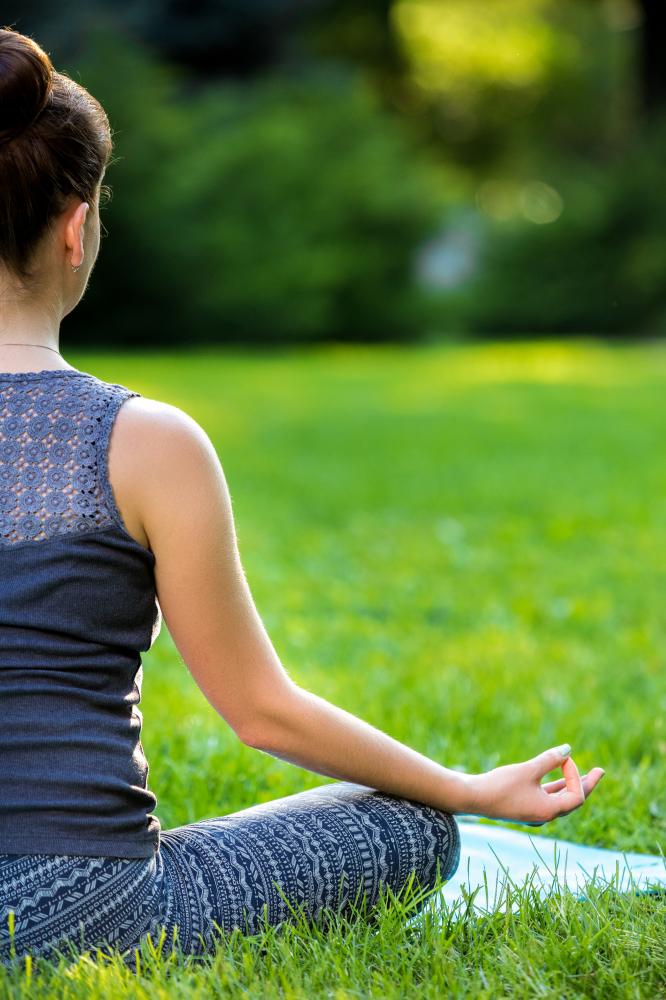
Exploring Deep Breathing Techniques
Deep breathing, one of the most essential Breathing Exercises for Relaxation, invites us to connect with ourselves on a deeper level. By breathing from the diaphragm, we can increase oxygen intake and reduce stress, a testament to how our bodies are designed for harmony. Imagine sitting comfortably, perhaps in the welcoming embrace of a soft chair, as you inhale deeply through your nose, feeling your belly expand with air. This act alone not only refreshes your body but also whispers calmness to your mind.
An anecdote from an Origen community member demonstrates the transformative power of these exercises. A participant, initially skeptical, shared how incorporating deep breathing into her daily routine drastically improved her mental clarity and mood. She found herself more centered and less reactive to stressful situations. It’s an invitation to embrace the profound simplicity of breathing deeply and mindfully.
The Art of Progressive Muscle Relaxation
Progressive muscle relaxation is a practice where one tenses and then releases each muscle group, combined with Breathing Exercises for Relaxation. This approach is particularly effective in reducing physical tension and promoting mental peace. Picture lying on a yoga mat, focusing on each breath as you gradually tense and relax everything from your toes to your shoulders. It’s like a gentle wave washing over, helping you release the day’s stress.
From personal experience within Origen, individuals recount how this practice changed their perception of stress. A participant who regularly struggled with sleepless nights found solace in progressive muscle relaxation, using it as a prelude to restful sleep. By connecting with one’s body in such an intentional manner, relaxation becomes a natural byproduct.
Innovative Breath Focus Method
The breath focus technique enhances Breathing Exercises for Relaxation by coupling it with visualization. While inhaling, you might picture the air as a stream of peace, filling your entire being, and as you exhale, visualize stress leaving your body. This visualization elevates the practice, making it not just a physical act but a mental journey.
Origen encourages members to explore this method, finding it invaluable in creating a mindset of tranquility. One member shared how integrating the breath focus technique with affirmations helped anchor her daily intentions, turning routine breathing into an avenue for personal growth. It’s a gentle reminder that our breath carries the potential to transform our mental landscape.
Incorporating these diverse Breathing Exercises for Relaxation into your routine can be a path towards a more harmonious existence. At Origen, the belief in community and personal empowerment underpins the design of these transformative practices, encouraging individuals to explore and expand their inner potential.

Mindful Moments in Everyday Life
Life is often filled with noise and haste, but finding mindful moments in everyday life can be a transformative way to reclaim peace. One approach is incorporating mindfulness techniques for stress management during daily tasks. Imagine sipping your morning tea: savor the aroma, the warmth of the cup in your hands, and the soothing taste as it rolls across your tongue. Each step in this ritual can anchor you to the present moment, transforming a simple act into a meditative practice.
Similarly, consider a mindful walk. Stepping outside and immersing yourself in nature can disarm stress, inviting calm and clarity. Pay attention to the rustle of leaves underfoot, the scent of earth after rain, or the gentle sway of branches in the breeze. Walking meditation allows you to engage fully with your surroundings and experience a reconnection with your senses, fostering a serene mental state.
Mindfulness techniques for stress management can also include a simple breathing exercise. Picture your breath as a gentle wave, rolling in and out with each inhalation and exhalation. This imagery helps regulate the breath, encouraging a deeper, more relaxed state. Whether at work or resting at home, taking a few minutes to focus on your breath can significantly reduce stress levels and restore balance to your day.
Embracing Mindful Movement
Mindful movement is a powerful way to integrate mindfulness into physical activity, which can be a profound tool for stress reduction. Engage in practices like yoga or tai chi, which intertwine breath with movement, allowing you to explore the boundaries of your physical capabilities while simultaneously calming your mind. As you flow from one pose to another, let your awareness rest on the sensations in your body, noticing areas of tension and working gently to release them.
Swimming offers another unique avenue for mindful movement. The sensation of water surrounding your body encourages a rhythmic coordination of breath and movement, fostering a serene and meditative state. Even simply floating can be a mindful practice, as the water’s calm supports your body and focus shifts inward to the ebb and flow of your breath.
I was once advised by a mentor to observe how a wave caresses the shore; this simple mindfulness exercise inspired me to incorporate mindful movement into daily routines. Through this practice, I discovered a space where mindfulness techniques for stress management are both an art and a science, offering solace and strength in equal measure.
Stretching, too, can transform into a mindful practice that releases stress held in the body. As you engage in each stretch, breathe deeply into any areas of tension. Feel the breath move into these tight places, melting the stress away with each exhalation. This gentle approach to stretching not only enhances physical flexibility but also expands mental clarity, inviting relaxation.
Nurturing a Community of Mindfulness
At Origen, we believe in the power of community to amplify the impact of mindfulness techniques for stress management. By fostering connections with others who share a commitment to personal growth and wellbeing, individuals can access support networks and resources that inspire positive change. This communal spirit nurtures an environment where mindfulness thrives, allowing members to explore new practices and share their insights.
Joining communal mindfulness sessions can be an enriching experience, providing opportunities to learn from diverse perspectives while reinforcing individual commitments to mindfulness practice. Being part of a community encourages accountability and motivation, essential factors in maintaining a consistent mindfulness routine. Together, we create a tapestry of experiences, each thread contributing to a vibrant culture of mindfulness.
The Freedom Method, a foundational aspect of Origen, empowers individuals to embrace mindfulness as a pathway to personal freedom and fulfillment. Encouraging members to activate and optimize their mind-body-spirit practices, this method guides them towards a deeper understanding of their potential. Through collective efforts and shared wisdom, the Origen community is a testament to the transformative power of mindfulness techniques for stress management.
As we cultivate this supportive network, we invite others to join us in exploring how mindfulness can enhance both individual lives and the broader community. Together, we strive for a world where stress is managed through mindfulness, fostering a more harmonious and fulfilling existence for all.
Embracing the Journey
Finding Your Starting Place
Embarking on the path of guided meditation for beginners is like opening a door to a world of tranquility and inner peace. At Origen, we believe that your journey starts with finding a comfortable space where you can be undisturbed, allowing meditation to become a part of your daily rhythm. This space doesn’t require opulent settings, just a quiet corner that invites calmness and reflection. The essence of meditation lies in consistency; setting aside regular time, be it morning or evening, creates a ripple effect that nurtures both mind and body.
Building a Foundation
Guided meditation for beginners at Origen is much more than simply following a script. It invites you to connect with your breath, observe the flow of thoughts, and gently bring the mind back when it wanders. The mind’s natural tendency to drift isn’t a failure, but an opportunity for growth–a chance to cultivate patience and presence. The process itself is a testament to Origen’s philosophy: harmony stems from the interconnectedness of body, mind, and spirit.
Practical Techniques
Guiding the Breath
One of the fundamental techniques in guided meditation for beginners is focusing on the breath. This simple yet profound practice helps in centering the mind and reducing stress. By consciously feeling each inhalation and exhalation, individuals can redirect attention from the external chaos to the inner calm. At Origen, we encourage integrating this breathing awareness into daily life, transforming routine moments into opportunities for mindfulness.
Navigating Challenges with Ease
Every meditation session is a step toward mastery, yet challenges appear along the way. It is common for thoughts to intrude, pulling you away from focus. Instead of resisting, acknowledge these thoughts and let them pass like clouds in a serene sky. Experiencing difficulty in maintaining focus is natural, and gradually, with practice, the mind becomes more adept at returning to the breath. Guided meditation for beginners is as much about embracing imperfection as it is about finding peace.
For those moments when the mind strays, having a gentle mantra or phrase can serve as an anchor, bringing back focus effortlessly. This technique is an invitation to explore various mantras until you find one that resonates with your personal journey. The exploration itself reflects Origen’s commitment to discovering new pathways to personal growth.
Integrating Meditation into Life
Creating a New Routine
To fully reap the benefits of guided meditation for beginners, integrating it into your lifestyle is key. Establish a routine that aligns with your natural rhythm, whether it’s a few minutes in the morning to set a peaceful tone for the day or a session at night to wind down. Consistency builds familiarity, and soon, meditation becomes a sanctuary that you naturally return to amidst life’s hustle.
Expanding Your Practice
As you grow more comfortable with basic techniques, consider exploring new forms of meditation. Origen offers a variety of resources that aid in this expansion, encouraging individuals to evolve from beginners to seasoned practitioners. Whether it’s delving into body-scan techniques or exploring mindful walking, each practice enriches your journey towards wholeness and vitality.
Incorporating meditation into your daily routine not only enhances personal wellbeing but also fosters a deeper connection with the community. By sharing experiences and insights, you contribute to a collective growth that aligns with Origen’s vision of interconnectedness and mutual support. Join us at Origen as we create a vibrant community where guided meditation for beginners is just the beginning of a transformative journey.

What is the 4-7-8 breathing technique for?
The 4-7-8 breathing technique, often called a tranquilizer for the nervous system, is primarily used to reduce stress and anxiety. This method is an ancient yogic practice designed to help calm the mind and body. You inhale quietly through the nose for a count of four, hold the breath for seven counts, and then exhale audibly through the mouth for a count of eight. Its simplicity and effectiveness make it a popular choice for those looking to manage anxiety. Imagine you’re feeling stressed after a hectic day, and you decide to try this technique. Within minutes, you’ll likely notice a sense of calm washing over you, as if the stress is slowly melting away. We at Origen find this method particularly beneficial for quieting the mind before bedtime, ensuring a restful night’s sleep. What situations do you think you would find this technique most helpful in?
What is the best breathing technique for relaxation?
Determining the “best” breathing technique can be subjective, as it often depends on personal preference and specific goals. However, deep diaphragmatic breathing is widely regarded as one of the most effective for relaxation. This involves breathing deeply into your diaphragm rather than shallow breathing into your chest. By doing so, you increase your oxygen intake and engage the parasympathetic nervous system, which promotes relaxation. Picture yourself in a peaceful setting, maybe by the ocean, where each breath feels like a refreshing wave that calms your entire being. At Origen, we encourage our community to experiment with different techniques, such as the 4-7-8 method or alternate nostril breathing, to discover what resonates personally. What technique works best for you when you’re seeking an immediate sense of calm?
What is the 5 5 8 2 breathing technique?
The 5-5-8-2 breathing technique is a variation that combines mindful breathing with rhythm and flow. This involves inhaling for five seconds, holding the breath for five seconds, exhaling for eight seconds, and then pausing for two seconds before repeating. This technique is advantageous for its pacing, which can slow down the heart rate and soothe the nervous system. Imagine you’re in the middle of a stressful day at work; taking a few moments to practice this technique can act like hitting a mental reset button. We at Origen have seen how integrating this into daily routines can effectively manage tension and promote a composed mindset. Have you tried different breathing techniques during moments of stress, and which ones have you found most effective?
Which breathing exercise is best for anxiety?
When it comes to managing anxiety, the choice of breathing exercise can vary based on personal preference. However, the breath focus technique, which combines breathing with visualization, is highly effective. This technique involves visualizing peace flowing into your body with each inhale and stress leaving with each exhale. At Origen, we emphasize this method for its dual action of physical relaxation coupled with mental imagery, making it a powerful tool for anxiety. Picture yourself enveloped by a wave of serenity as you breathe in and releasing the weight of your worries with each breath out. It’s like having a personal sanctuary wherever you are. What ways have you found visualization to impact your relaxation or stress management practices?
How can guided meditation benefit beginners?
Guided meditation serves as an excellent entry point for beginners by providing structure and direction in cultivating a meditation practice. A guide offers verbal cues and exercises to help focus the mind, making it easier for those new to meditation to explore calmness and self-awareness. Imagine being led through a tranquil journey, where each word gently guides you deeper into relaxation and mindfulness. At Origen, we believe that guided meditation can form a solid foundation for personal growth, offering a stepping stone towards more advanced practices. We encourage newcomers to set aside dedicated time each day to explore this practice, building a sanctuary of peace that becomes a pivotal part of their routine. What aspects of guided meditation do you find most appealing, and what reservations might you have about starting?
Resources
- Harvard Health Publishing – A trusted source for health information and wellness tips.
- American Psychological Association – Provides resources on mental health and stress management techniques.
- National Center for Complementary and Integrative Health – Offers information on alternative medicine approaches for relaxation.
- Mayo Clinic – A reputable medical center providing insights on stress reduction and mindfulness practices.